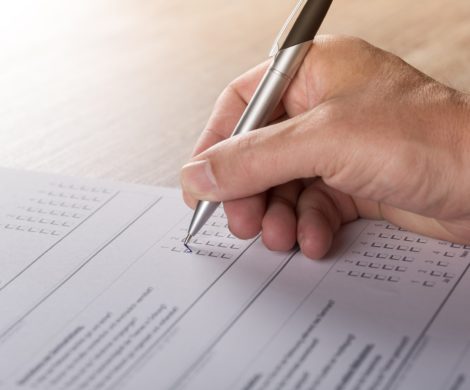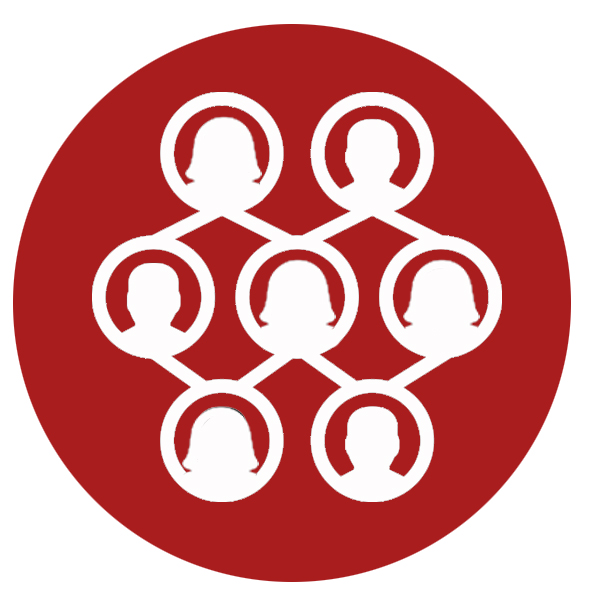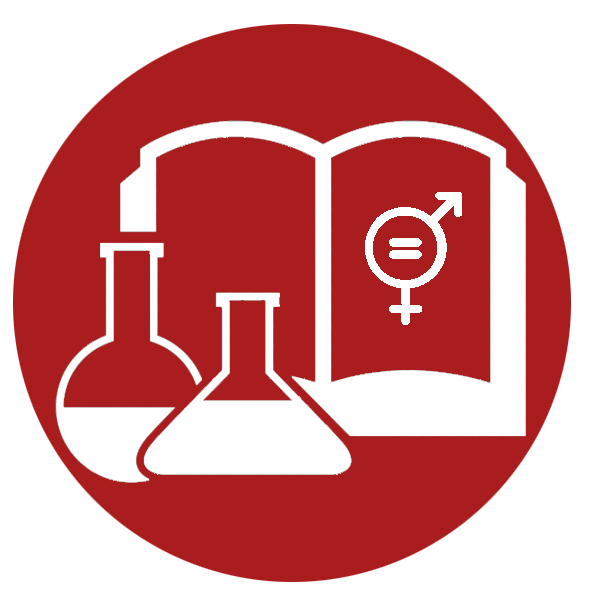 In order to prevent and overcome the critical present situation on these issues, a set of Standards have been developed intended as the conditions, procedures, processes to ensure that “quality is consistenly adopted” and that, in our context, they are positive conditions, situations, practices and processes that should be reached/adopted in order to prevent and favour gender equality.
In order to prevent and overcome the critical present situation on these issues, a set of Standards have been developed intended as the conditions, procedures, processes to ensure that “quality is consistenly adopted” and that, in our context, they are positive conditions, situations, practices and processes that should be reached/adopted in order to prevent and favour gender equality.
The Qualitative Checklist has been developed following an ISO Quality Assurance approach based on a series of Standards that provide guidance for companies and organizations who want to ensure that their products and services consistently meet customer’s requirements, and that quality is consistently improved, Standards that can be used in a consistent way in order to assure that materials, products and services are fit for their purpose.
Prior to the qualitative checklist itself, a brief description about each key area and the main aspects that should be described are offered.





